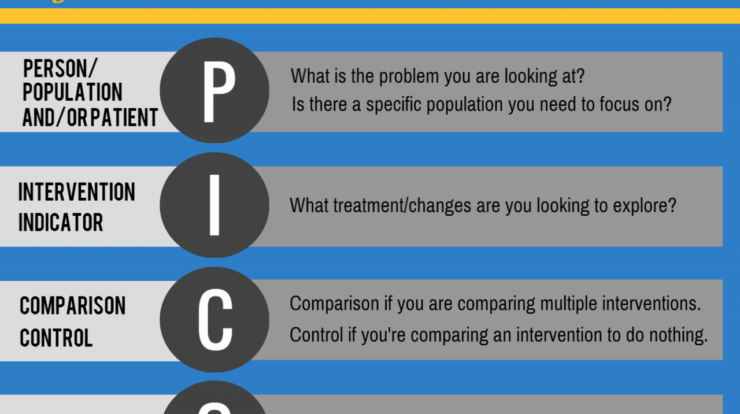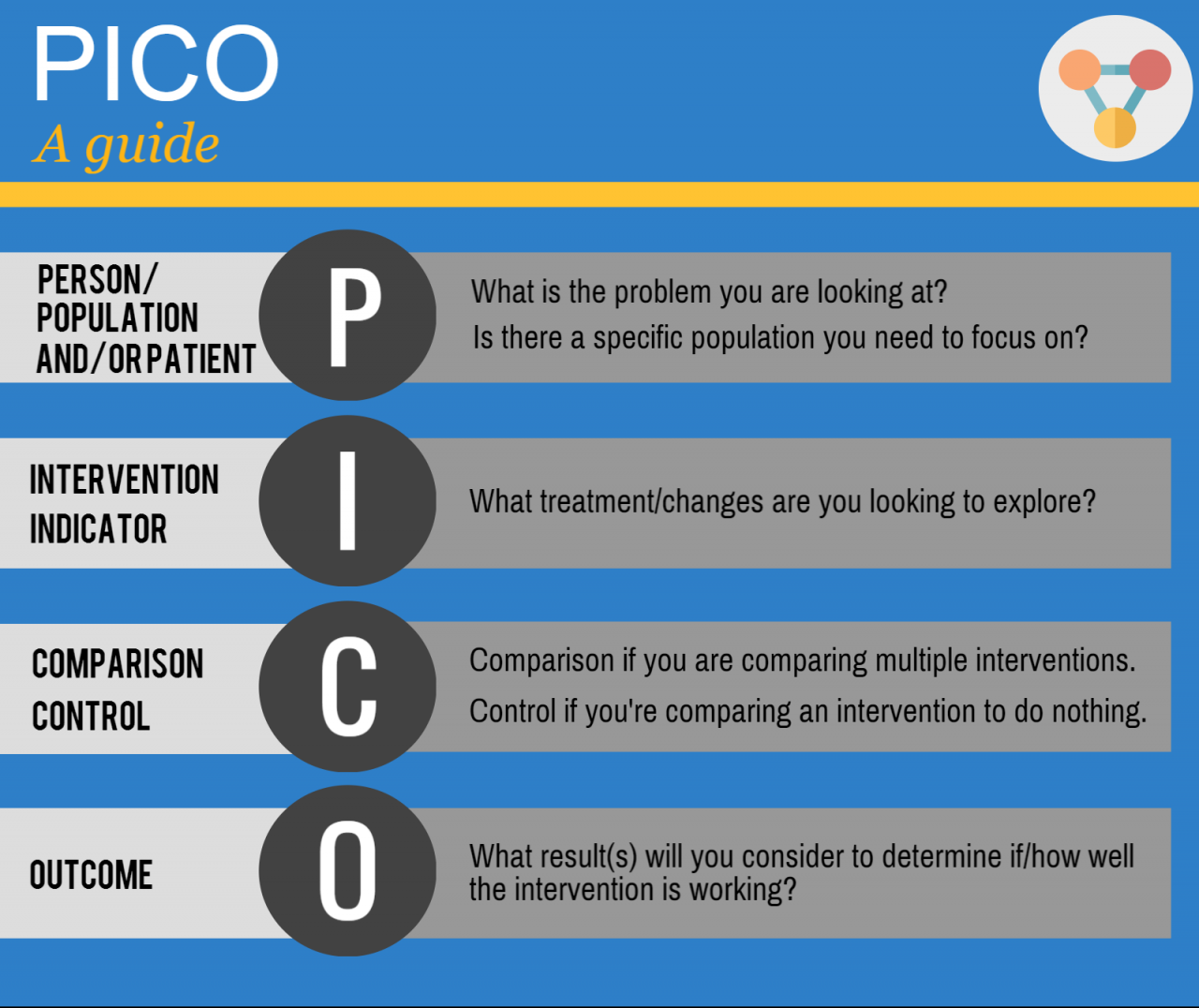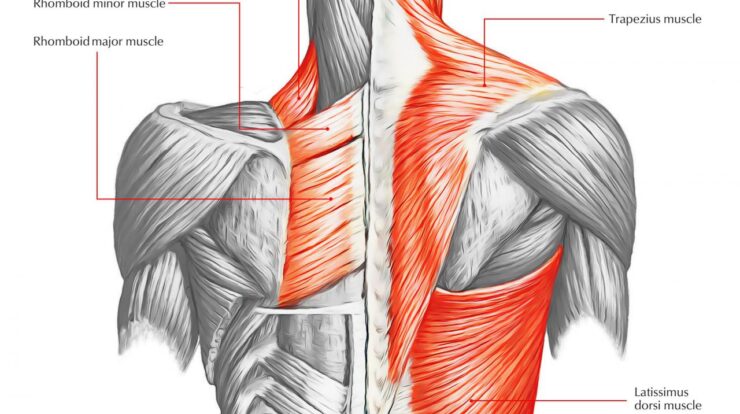
Pico definition – Pico, a fundamental unit of measurement, plays a pivotal role in quantifying extremely small values in science and technology. Its origin and significance in the metric system, along with its applications in various fields, unveil the remarkable precision and impact of pico on scientific advancement and innovation.
From its historical roots to its contemporary uses, pico offers a glimpse into the realm of the infinitesimally small, enabling us to explore and understand the intricacies of the universe at its most fundamental level.
Pico Definition

Pico (p) is a metric prefix representing one trillionth (10^-12) of a unit. It is commonly used in scientific and technological fields to denote extremely small quantities, dimensions, or measurements.
The term “pico” originates from the Spanish and Italian word “pico,” meaning “a small amount” or “a little bit.” It was officially adopted as a metric prefix by the International Bureau of Weights and Measures (BIPM) in 1960.
Metric Prefixes, Pico definition
| Prefix | Symbol | Factor |
|---|---|---|
| Pico | p | 10^-12 |
| Nano | n | 10^-9 |
| Micro | µ | 10^-6 |
| Milli | m | 10^-3 |
| Centi | c | 10^-2 |
| Kilo | k | 10^3 |
| Mega | M | 10^6 |
| Giga | G | 10^9 |
| Tera | T | 10^12 |
Pico in Science and Technology
Pico is widely used in various scientific and technological fields to measure extremely small quantities, such as:
- Particle physics: Picoseconds (ps) are used to measure the lifetime of subatomic particles.
- Electronics: Picofarads (pF) are used to measure the capacitance of electronic components.
- Chemistry: Picomoles (pmol) are used to measure the concentration of substances in chemical reactions.
- Biology: Picoliters (pL) are used to measure the volume of cells or organelles.
The use of pico in these fields has significantly advanced scientific research and technological developments.
Pico and Precision
Pico plays a crucial role in achieving high levels of precision in measurements. Devices and techniques that utilize pico, such as:
- Picoammeters: Measure extremely small electrical currents.
- Picobalances: Measure tiny masses with high accuracy.
- Picosecond lasers: Generate ultra-short pulses of light for high-resolution imaging.
These devices enable scientists and engineers to study and manipulate matter at the atomic and molecular level, pushing the boundaries of scientific discovery.
Pico and the Future
Pico technology holds immense potential for future applications, particularly in fields such as:
- Medicine: Picosecond lasers for precise surgical procedures and cancer treatment.
- Electronics: Picoelectronics for faster and more efficient devices.
- Materials science: Pico-scale engineering for the development of novel materials with enhanced properties.
As technology continues to advance, pico measurements will play an increasingly vital role in shaping scientific discovery and innovation.
Summary
As we delve deeper into the pico scale, the future holds exciting possibilities for scientific discovery and technological breakthroughs. Pico measurements have the potential to revolutionize fields such as medicine, electronics, and materials science, unlocking new frontiers of human knowledge and innovation.
The pursuit of precision at the pico level continues to push the boundaries of human ingenuity, promising to unveil the hidden wonders of our world and shape the future of scientific exploration.
Common Queries
What is the origin of the term “pico”?
Pico originates from the Spanish word “pico,” meaning “peak” or “small amount,” reflecting its role as a unit representing a trillionth.
How is pico used in scientific research?
Pico is used to measure extremely small quantities, such as the size of atoms, the wavelength of light, and the electrical currents in electronic devices.
What are the limitations of measuring at the pico scale?
Measuring at the pico scale requires specialized equipment and techniques due to the challenges of detecting and manipulating such small quantities.





